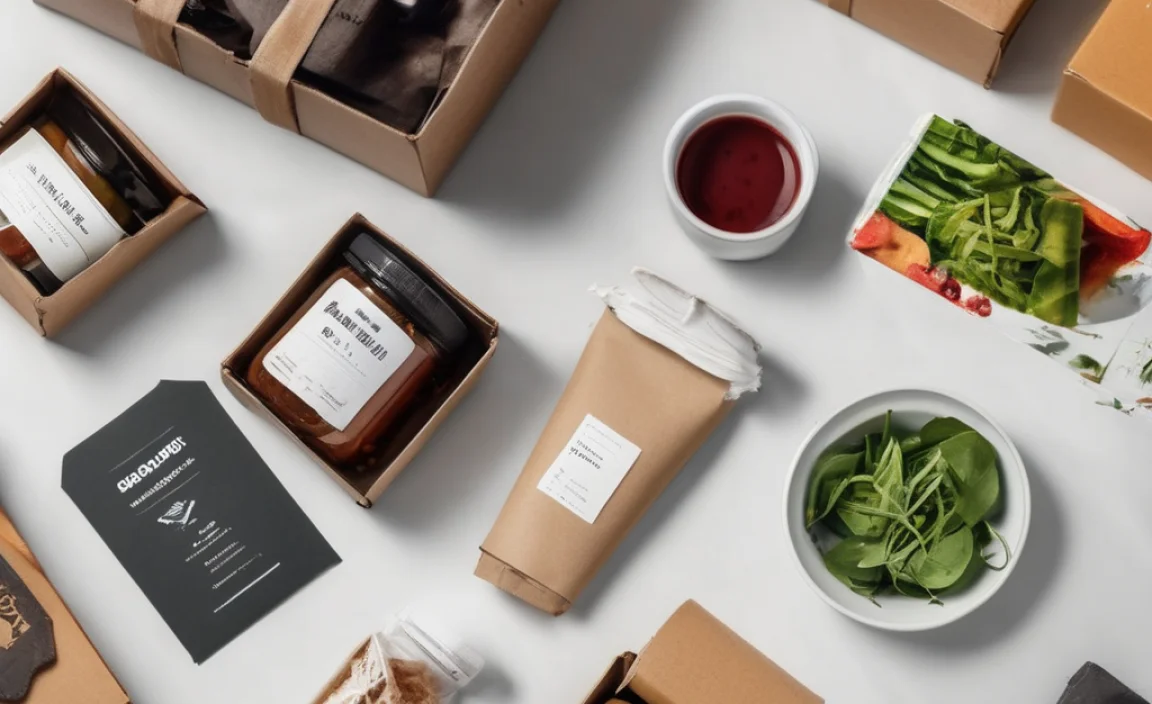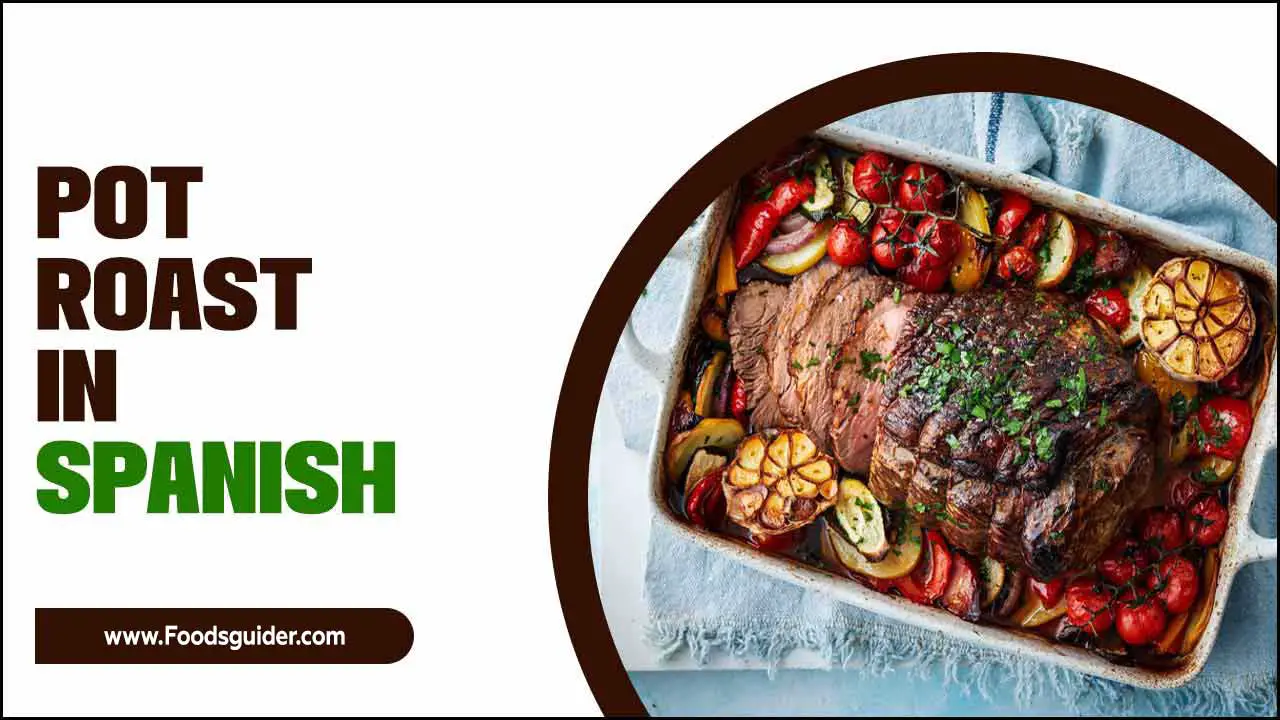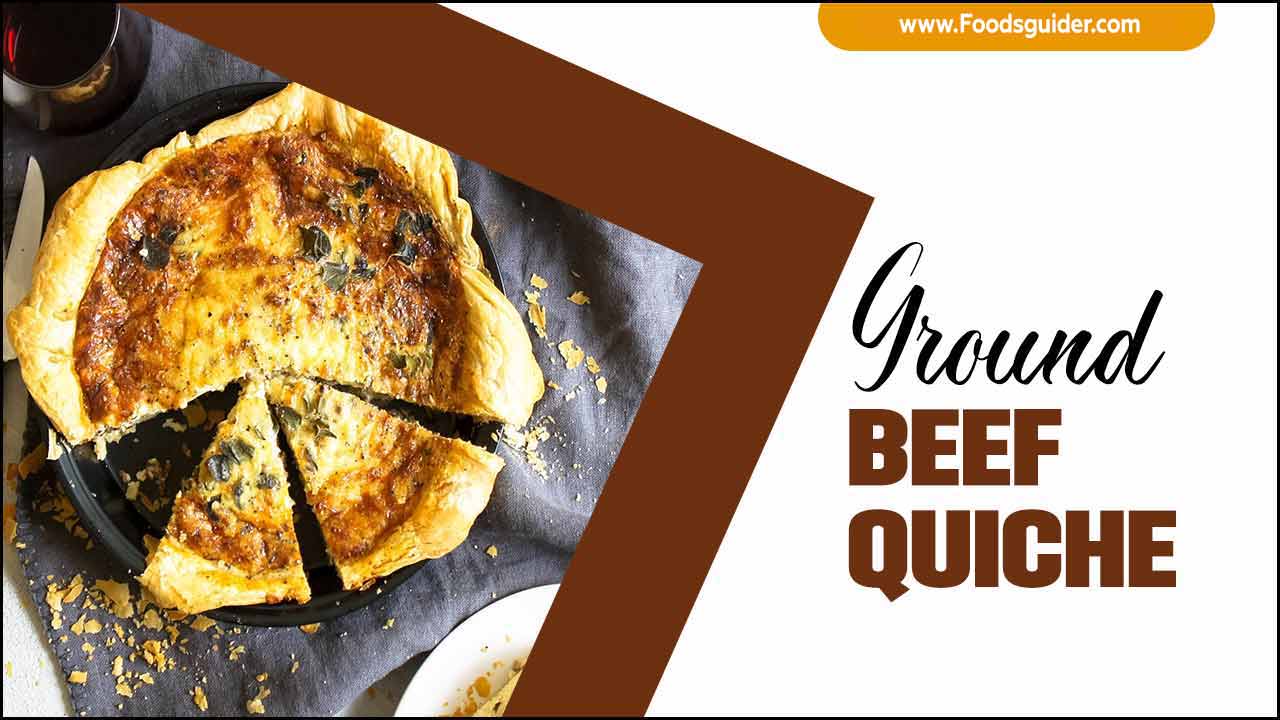Your Essential Guide to a Korean Barbecue Tour in Seoul: Savor the Flavors and Experience the Culture
For an unforgettable culinary adventure in Seoul, a Korean barbecue tour is a must! This guide simplifies planning, helping you discover the best cuts, essential etiquette, and the most delicious spots. Get ready to grill, eat, and immerse yourself in the vibrant K-BBQ scene like a pro. Let’s dive in!
Korean barbecue, or K-BBQ, is more than just a meal; it’s a lively social event. Imagine the sizzle of marinated meats hitting a hot grill right at your table, surrounded by friends and family. It’s a fantastic way to experience Korean culture firsthand. But planning a K-BBQ tour can feel a bit daunting, especially if it’s your first time. Where do you even start? What meats should you try? And is there a secret code to ordering and eating? Don’t worry! This guide is here to make your Korean barbecue adventure in Seoul a delicious success. We’ll walk you through everything you need to know, from picking the perfect restaurant to mastering the art of the wrap. Get ready for a grilling good time!
<h2>Why Embark on a Korean Barbecue Tour in Seoul?</h2>
Seoul is the undeniable heartland of Korean barbecue. Visiting the city offers a unique opportunity to experience K-BBQ in its purest, most authentic form. It’s where culinary traditions meet modern dining, creating an immersive experience that goes beyond just eating.
<h3>Taste the Authenticity</h3>
Korean barbecue in Seoul is about more than just the food; it’s about connecting with a centuries-old culinary tradition. Restaurants here offer the freshest ingredients and time-honored marinating techniques. You’ll taste the difference that local expertise and high-quality produce make.
<h3>Cultural Immersion</h3>
Eating K-BBQ is a communal activity. It’s about sharing, conversation, and the joy of cooking together. Joining a tour or exploring on your own is a fantastic way to understand Korean social dining customs and feel like a local.
<h3>Discover Hidden Gems</h3>
While famous chains exist, Seoul is teeming with smaller, family-run restaurants that serve incredible K-BBQ. A tour helps you discover these local favorites that you might otherwise miss, often at better prices and with a more intimate atmosphere.
<h3>Learn from the Experts</h3>
Many K-BBQ restaurants have long histories. The owners and staff often possess deep knowledge about the cuts of meat, the best ways to grill them, and the perfect accompaniments. This is a chance to learn directly from the masters.
<h2>Planning Your K-BBQ Adventure: What You Need to Know</h2>
Before you head to Seoul, a little preparation can make your Korean barbecue tour smooth and stress-free. Here are the key things to consider:
<h3>When to Go</h3>
Seoul is a year-round destination, but the best time for K-BBQ is generally spring (April-May) and autumn (September-October). The weather is pleasant, making it ideal for walking between restaurants or enjoying outdoor seating if available. Weekday evenings are usually less crowded than weekends.
<h3>Best Areas for K-BBQ</h3>
Several neighborhoods in Seoul are renowned for their K-BBQ scene:
<strong>Hongdae:</strong> Known for its youthful energy, trendy shops, and a wide array of affordable and delicious K-BBQ joints, often catering to students.
<strong>Gangnam:</strong> Offers a more upscale experience with premium meat selections and chic dining environments.
<strong>Itaewon:</strong> A diverse and international district with many K-BBQ restaurants that cater to various palates, including some with English-speaking staff.
<strong>Jongno:</strong> A more traditional area where you can find classic K-BBQ restaurants with a long-standing history.
<h3>Choosing a Restaurant: What to Look For</h3>
<strong>Menu Photos:</strong> Helpful if you don’t read Korean.
<strong>Aroma:</strong> A good K-BBQ place will have a mouth-watering smoky aroma wafting out.
<strong>Crowds (Locals):</strong> A busy restaurant filled with Korean diners is usually a good sign.
<strong>Ventilation:</strong> Essential for managing smoke. Look for good ventilation systems above the grills.
<h3>Booking and Reservations</h3>
For popular, upscale restaurants, especially on weekends, booking in advance is highly recommended. Many smaller, local spots operate on a first-come, first-served basis, so be prepared for a potential wait.
<h2>The Must-Try Meats: A K-BBQ Menu Guide</h2>
The star of any Korean barbecue tour is, of course, the meat! Korean BBQ typically features a variety of beef, pork, and sometimes chicken or seafood, all prepared to perfection.
<h3>Beef Cuts (So-go-gi / 소고기)</h3>
<strong>Galbi (갈비):</strong> This is perhaps the most iconic K-BBQ cut. It refers to marinated beef short ribs, often a mix of sweet and savory soy-based marinade. The marbling makes it incredibly tender and flavorful.
<strong>Bulgogi (불고기):</strong> Thinly sliced beef (often sirloin or ribeye) marinated in a delicious blend of soy sauce, sugar, sesame oil, garlic, and pear. It’s slightly sweet and incredibly tender.
<strong>Chadolbagi (차돌박이):</strong> Thinly sliced brisket meat, known for its richness and melt-in-your-mouth texture. It cooks very quickly and often isn’t marinated, allowing the beef’s natural flavor to shine.
<strong>Deungsim (등심):</strong> This is a boneless ribeye or sirloin steak, typically unmarinated and grilled to bring out its rich, beefy flavor.
<h3>Pork Cuts (Dwaeji-gogi / 돼지고기)</h3>
<strong>Samgyeopsal (삼겹살):</strong> The undisputed king of Korean pork barbecue. It’s thick-cut pork belly with alternating layers of lean meat and fat. When grilled, the fat renders, making it incredibly juicy and crispy. This is a must-try!
<strong>Moksal (목살):</strong> Pork neck or shoulder. It’s leaner than samgyeopsal but still very flavorful and tender, offering a great balance for those who prefer slightly less fat.
<strong>Dweji Galbi (돼지갈비):</strong> Marinated pork ribs, often sweeter than beef galbi, making it a favorite for many, including children.
<h3>Other Popular Options</h3>
<strong>Dak Galbi (닭갈비):</strong> While often cooked stir-fry style in a large pan, boneless chicken thighs marinated in a spicy gochujang-based sauce are also a popular K-BBQ option.
<strong>Seafood:</strong> Some restaurants offer grilled shrimp, squid, or oysters for seafood lovers.
<h3>Understanding Marinades</h3>
Meats at K-BBQ restaurants usually come in two forms:
<strong>Yangnyeom (양념):</Strong> Marinated meats. The most common marinade is a sweet and savory blend of soy sauce, garlic, sesame oil, and sugar., with variations for spicier versions. (e.g., Yangnyeom Galbi, Yangnyeom Dweji Galbi)
<strong>Meun (an-)/ Saeng (생):</Strong> Unmarinated meats. These let the natural flavor of the meat take center stage. (e.g., Saeng Galbi, Chadolbagi, Samgyeopsal, Moksal)
<h2>The K-BBQ Experience: How to Eat Like a Local</h2>
Part of the fun of a Korean barbecue tour in Seoul is learning and participating in the dining customs. Don’t be intimidated; it’s all about enjoyment!
<h3>The Grill & The Tongs</h3>
Most K-BBQ restaurants have grills built into the table. You’ll be provided with tongs and scissors. One pair of tongs is usually for raw meat, and another (or a different type) for cooked meat to avoid cross-contamination. If unsure, ask! The scissors are for cutting larger grilled pieces into bite-sized portions.
<h3>Don’t Burn the Meat!</h3>
This is a cardinal sin! Grilling is often a communal effort, but if no one else is taking the lead, feel free to step in after your food has arrived. Don’t overload the grill; cook in batches so everything gets cooked perfectly. Keep an eye on your meat, and use your scissors to snip it into manageable pieces once it’s adequately seared.
<h3>The Art of the Ssam (쌈)</h3>
“Ssam” means wrap in Korean, and it’s the quintessential way to eat K-BBQ. Here’s how to build the perfect bite:
1. <strong>Choose Your Wrapper:</strong> Select a fresh lettuce leaf (like red leaf or romaine) or a perilla leaf (a fragrant herb with a unique flavor, often an acquired taste).
2. <strong>Add Rice:</strong> Place a small spoonful of rice on the leaf.
3. <strong>Add the Meat:</strong> Put a piece of your perfectly grilled meat on top of the rice.
4. <strong>Include Banchan & Paste:</strong> Add a dab of Ssamjang (a savory, slightly spicy paste made from doenjang and gochujang) and any other desired banchan (side dishes) like kimchi, seasoned garlic, or pickles.
5. <strong>Wrap & Eat:</strong> Carefully fold the leaf to create a neat, bite-sized package. Eat the entire ssam in one go for the full flavor experience!
<h3>Banchan (반찬): The Supporting Cast</h3>
These are the small side dishes served with every Korean meal. They are usually refillable and essential to the K-BBQ experience.
<strong>Kimchi (김치):</strong> Fermented cabbage, a Korean staple.
<strong>Pickled Radish:</strong> Thin slices of pickled radish, great for cutting through richness.
<strong>Seasoned Sprouts:</strong> Bean sprouts or soybean sprouts, often seasoned with sesame oil and garlic.
<strong>Garlic & Peppers:</strong> Slices of raw garlic and green chilies for those who like a kick.
<strong>Salads:</strong> Often a simple, refreshing salad with a light vinaigrette.
<h3>Finishing Your Meal</h3>
Don’t forget to try other popular Korean dishes that often accompany K-BBQ, such as:
<strong>Doenjang Jjigae (된장찌개):</strong> A savory soybean paste stew, often with tofu and vegetables.
<strong>Kimchi Jjigae (김치찌개):</strong> A spicy and hearty kimchi stew.
<strong>Bibimbap (비빔밥):</strong> Mixed rice with vegetables, egg, and meat. Some restaurants will prepare it on a separate grill or in a hot stone pot.
<strong>Naengmyeon (냉면):</strong> Cold buckwheat noodles, a refreshing dish often enjoyed in warmer months to contrast with the hot, grilled meat.
<h2>Essential K-BBQ Etiquette</h2>
While not overly strict, a few manners can enhance your experience:
<strong>Don’t hog the grill;</strong> Share the grilling duty if you’re dining with others.
<strong>Use designated tongs;</strong> Avoid cross-contamination between raw and cooked meats.
<strong>Wait to be served;</strong> Don’t start grilling until your order arrives.
<strong>Pace yourself;</strong> K-BBQ is meant to be savored, not rushed.
<strong>Respect elders;</strong> In Korean culture, the eldest person often starts eating first.
<strong>Don’t blow on your food;</strong> Instead, let it cool slightly on your plate, or use your chopsticks to move it to your ssam.
<h2>Self-Guided Tour vs. Organized Tour</h2>
Deciding between exploring independently or joining an organized group tour depends on your preference for planning and interaction.
<h3>Self-Guided Tour</h3>
<strong>Pros:</stron>
<strong>Flexibility:</strong> You set your own pace, choose your restaurants, and can linger as long as you like.
<strong>Cost-Effective:</strong> Generally cheaper as you only pay for what you eat and drink.
<strong>Discovery:</strong> Greater chance to stumble upon hidden local gems.
<strong>Cons:</strong>
<strong>Research Required:</strong> You’ll need to do your own research for restaurants, transportation, and ordering.
<strong>Language Barrier:</strong> May face difficulties if you don’t speak Korean, though many places in popular areas have English menus or staff.
<strong>Decision Fatigue:</strong> Choosing where to eat can be overwhelming with so many options.
<h3>Organized Tour</h3>
<strong>Pros:</strong>
<strong>Convenience:</strong> All planning is done for you, including transportation and restaurant selection.
<strong>Expert Guidance:</strong> Tour guides provide insights into the food, culture, and etiquette.
<strong>Social Aspect:</strong> Great way to meet other travelers and enjoy the experience in a group.
<strong>Curation:</strong> Tours often select highly-rated or unique K-BBQ experiences.
<strong>Cons:</strong>
<strong>Less Flexibility:</strong> You follow a set itinerary and schedule.
<strong>Higher Cost:</strong> Tours are typically more expensive than dining independently.
* <strong>Group Dining:</strong> You may have less control over the specific dishes or pace of the meal.
<h2>Recommended Restaurants for Your K-BBQ Tour in Seoul</h2>
While the best K-BBQ is subjective and ever-changing, here are a few highly-regarded establishments that offer excellent experiences. It’s always a good idea to check recent reviews before your visit, as establishments can change.
<table>
<thead>
<tr>
<th>Restaurant Name</th>
<th>Location (District)</th>
<th&






